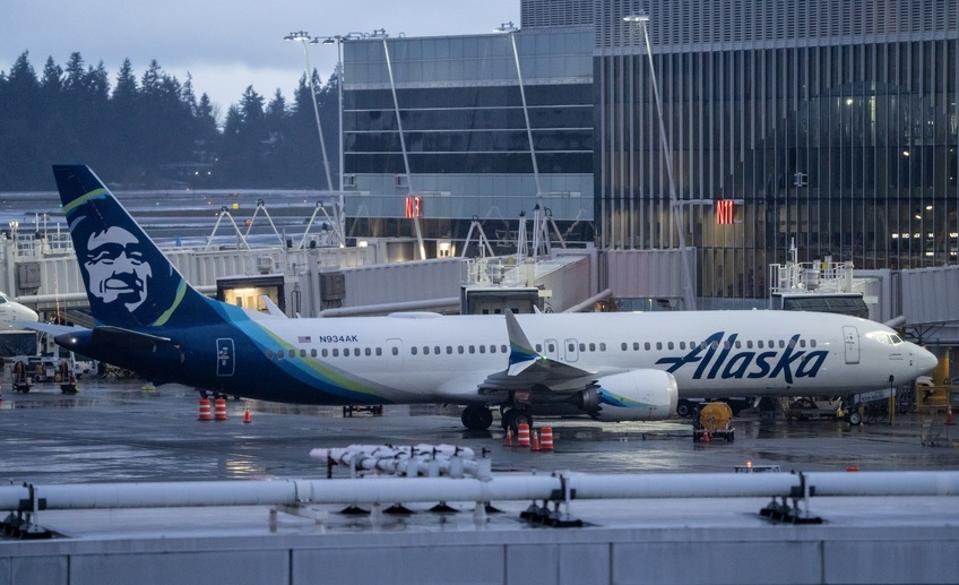The decision by FAA to ground Boeing 737 MAX 9 aircraft temporarily provides business leaders with an important crisis management lesson: as soon as you know something, do something.
The announcement was prompted when Alaska Airlines grounded its fleet of planes Friday after the blowout of a cabin panel on one of the brand-new planes.
The episode that led to the grounding of the planes “raised troubling new questions about the safety of a workhorse aircraft design dogged by years of problems and multiple deadly crashes,” the New York Times observed.
Immediate Inspections
“The FAA is requiring immediate inspections of certain Boeing 737 MAX 9 planes before they can return to flight,” FAA Administrator Mike Whitaker said on Saturday. “Safety will continue to drive our decision-making as we assist the NTSB’s investigation into Alaska Airlines Flight 1282.”
“Alaska had grounded its fleet of Boeing 737 Max 9 aircraft on Friday after one of its planes made an emergency landing at Portland International Airport in Oregon because of a midair pressure problem that passengers said blew out a chunk of the fuselage, or body of the plane,” according to the New York Times.
Statements From Alaska Air And Boeing
“In a statement, Alaska Air Group CEO Ben Minicucci said the airline’s fleet of 65 MAX 9s would be grounded and inspected to ensure safety. He anticipated inspections would be complete in the next few days, the Seattle Times reported.
“Each aircraft will be returned to service only after completion of full maintenance and safety inspections,” Minicucci said. “I am personally committed to doing everything we can to conduct this review in a timely and transparent way.”
“Safety is our top priority and we deeply regret the impact this event has had on our customers and their passengers. We agree with and fully support the FAA’s decision to require immediate inspections of 737-9 airplanes with the same configuration as the affected airplane,” Boeing said on its website.
“In addition, a Boeing technical team is supporting the NTSB’s investigation into last night’s event. We will remain in close contact with our regulator and customers.”
Consequences
Companies and organizations that delay in responding to a potential crisis run the risk of allowing the problem to blossom into a full-blown crisis.
That, in turn, can damage the image, reputation, credibility, and bottom line of organizations—and harm the careers of executives
Precautions
There are several steps corporate executives can take to help ensure they respond quickly to problems and issues that could create a crisis situation.
Determine what would cause a crisis for the company and include those crisis triggers in updated crisis management and crisis response plans.
Create scenarios based on the crisis triggers, and practice responding to the scenarios when conducting crisis response drills, exercises, and simulations.
Establish and maintain an early warning system that immediately notify executives about possible crisis. This can include monitoring social media platforms for comments or criticisms about the company and its products, services, and activities.
Appoint a crisis response team before there is a crisis. Without a team in place when a crisis strikes, valuable time will be lost in responding to and managing an unfolding situation.
Ensure that the person who would represent the company to the public in a crisis has received spokesperson training or periodic refresher training.

